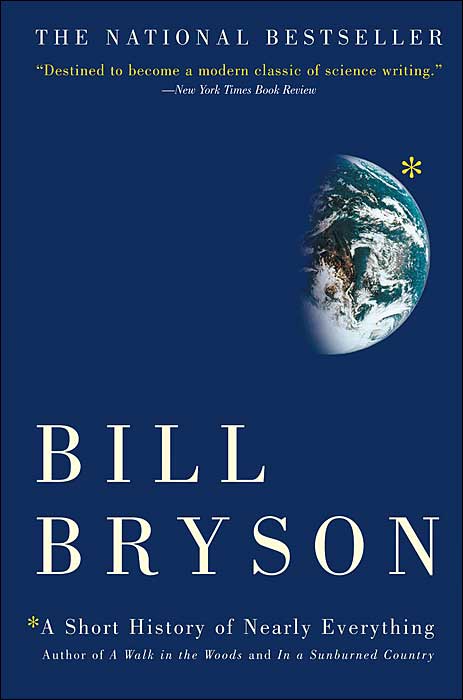IMDB Top 100 movies
Saw this on 43things.com. It’s voted by people like us.
Complete list at IMDB Top 250 movies.
Bold means watched.
1. The Godfather (1972)
2. The Shawshank Redemption (1994)
3. The Godfather: Part II (1974)
4. The Lord of the Rings: The Return of the King (2003)
5. Shichinin no samurai (1954)
6. Schindler’s List (1993)
7. Casablanca (1942)
8. Pulp Fiction (1994)
9. Star Wars: Episode V – The Empire Strikes Back (1980)
10. Star Wars (1977)
11. Buono, il brutto, il cattivo ll (1966)
12. One Flew Over the Cuckoo’s Nest (1975)
13. The Lord of the Rings: The Fellowship of the Ring (2001)
14. Rear Window (1954)
15. Cidade de Deus (2002)
16. The Usual Suspects (1995)
17. The Lord of the Rings: The Two Towers (2002)
18. Dr. Strangelove or: How I Learned to Stop Worrying and Love the Bomb (1964)
19. 12 Angry Men (1957)
20. Raiders of the Lost Ark (1981)
21. Citizen Kane (1941)
22. C’era una volta il West (1968)
23. Memento (2000)
24. Psycho (1960)
25. Goodfellas (1990)
26. North by Northwest (1959)
27. Fabuleux destin d’Amélie Poulain, Le (2001)
28. The Silence of the Lambs (1991)
29. Lawrence of Arabia (1962)
30. It’s a Wonderful Life (1946)
31. Sunset Blvd. (1950)
32. American Beauty (1999)
33. Fight Club (1999)
34. The Matrix (1999)
35. Vertigo (1958)
36. Eternal Sunshine of the Spotless Mind (2004)
37. Apocalypse Now (1979)
38. Taxi Driver (1976)
39. Paths of Glory (1957)
40. To Kill a Mockingbird (1962)
41. The Pianist (2002)
42. Sen to Chihiro no kamikakushi (2001)
43. Se7en (1995)
44. Léon (1994)
45. Untergang, Der (2004)
46. The Third Man (1949)
47. Chinatown (1974)
48. Hotel Rwanda (2004)
49. American History X (1998)
50. Boot, Das (1981)
51. Monty Python and the Holy Grail (1975)
52. Requiem for a Dream (2000)
53. The Maltese Falcon (1941)
54. L.A. Confidential (1997)
55. M (1931)
56. Rashômon (1950)
57. Million Dollar Baby (2004)
58. The Bridge on the River Kwai (1957)
59. Modern Times (1936)
60. Singin’ in the Rain (1952)
61. The Treasure of the Sierra Madre (1948)
62. Alien (1979)
63. Sin City (2005)
64. A Clockwork Orange (1971)
65. All About Eve (1950)
66. Saving Private Ryan (1998)
67. Reservoir Dogs (1992)
68. Double Indemnity (1944)
69. Raging Bull (1980)
70. Some Like It Hot (1959)
71. Metropolis (1927)
72. The Manchurian Candidate (1962)
73. Crash (2004)
74. The Shining (1980)
75. Vita è bella, La (1997)
76. The Incredibles (2004)
77. City Lights (1931)
78. Aliens (1986)
79. Amadeus (1984)
80. The Great Escape (1963)
81. The Sting
82. Touch of Evil (1958)
83. Rebecca (1940)
84. On the Waterfront (1954)
85. 2001: A Space Odyssey (1968)
86. Mr. Smith Goes to Washington (1939)
87. Kill Bill: Vol.1 (2003)
88. Ran (1985)
89. The Apartment (1960)
90. Jaws (1975)
91. Sjunde inseglet, Det (1957)
92. Strangers on a Train (1957)
93. The Wizard of Oz (1939)
94. Nuovo cinema Paradiso (1989)
95. The Great Dictator (1940)
96. Donnie Darko (2001)
97. Braveheart (1995)
98. Forrest Gump (1994)
99. Fargo (1996)
100. Finding Nemo (2003)





